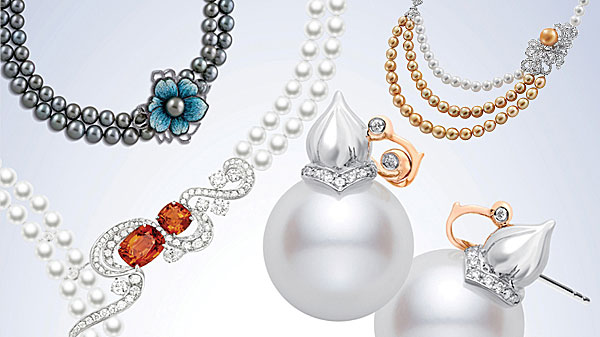
Winning Beads: Lustrous, lovely pearls…
Over its 100,000-year-old history, the pearl has embodied countless avatars, be it lustrous beads gracing designer Coco Chanel’s ensembles or inexpensive plastic varieties sold in flea markets a dime a dozen.

“With each pearl being unique, variations in lustre, colour, shape and texture determine their value.”

In fact, while natural pearls were once considered so valuable that pirates would kill seafarers to loot them, centuries of overexposure and cheap knock-offs led these underwater gems to become extremely unfashionable and an accessory best-suited to frumpy septuagenarians. Fortuitously, however, the passage of time has revived the popularity of these gossamer gems, both in their natural and artificial forms.

It is mainly thanks to the scientific endeavours of Japanese entrepreneur Mikimoto Kokichi that saltwater cultivated pearls today enjoy almost the same allure as their far scarcer, naturally-occurring cousins. There are three main types of harvested pearls: the Pinctada fucata – from which small, round, extremely coveted Akoya pearls are derived; the Pinctada maxima – that gives us large, lustrous South Sea pearls; and the Pinctada margaritifera – that produces black Tahitian pearls. However, as each pearl is as unique as a fingerprint, variations in lustre, colour, shape and texture determine their value, with perfectly round, blemish-free, lustrous, rare-hued pearls commanding the highest prices.








